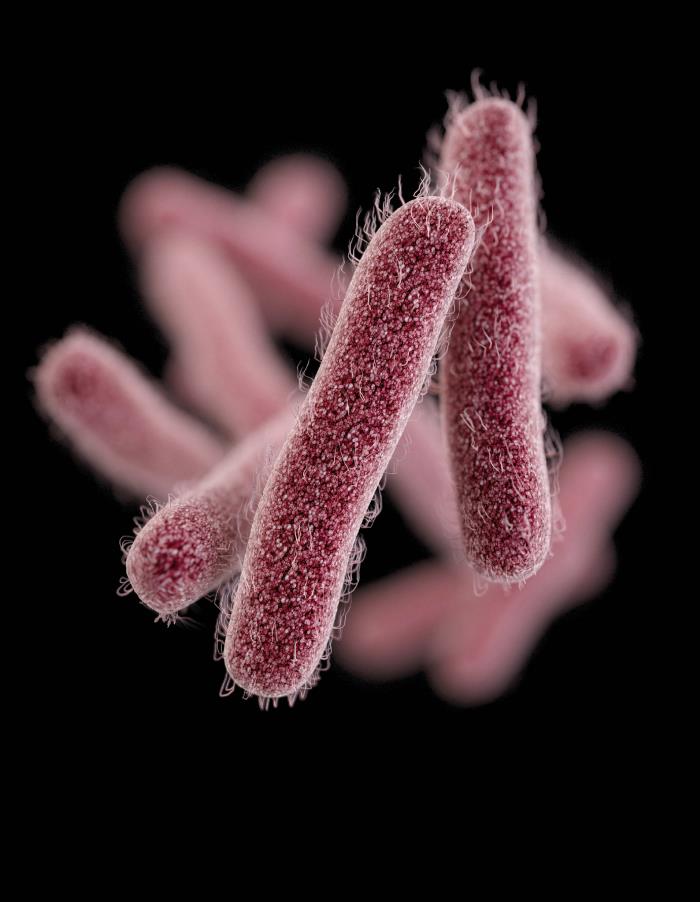Health officials with the Moniteau County Health Center are actively investigating a shigella outbreak that has sickened more than 70 students, faculty and family members in the school district.

“We have been actively involved in educating school officials and families on how to minimize transmission of this bacteria,”writes Andrea Kincaid, RN / Administrator with the health center.
Shigellosis, caused by the bacteria shigella, is spread from person-to-person through hand-to-mouth contact with the stool of an infected person. This frequently occurs through direct contact with the unwashed hands of an infected person or through food or drink handled by an infected person.
Symptoms typically appear 1-3 days after exposure and include diarrhea, fever, vomiting, and stomach cramps. These symptoms typically go away by themselves in 4-7 days; however treatment with antibiotics may relieve symptoms or make them go away faster. Some people with shigellosis will have no symptoms but are still able to spread the infection to others.
The Centers for Disease Control and Prevention offers the following tips for proper handwashing:
- Wet your hands with clean, running water (warm or cold), turn off the tap, and apply soap.
- Lather your hands by rubbing them together with the soap. Be sure to lather the backs of your hands, between your fingers, and under your nails.
- Scrub your hands for at least 20 seconds. Need a timer? Hum the “Happy Birthday” song from beginning to end twice.
- Rinse your hands well under clean, running water.
- Dry your hands using a clean towel or air dry them.
According to the CDC, washing hands with soap and water is the best way to reduce the number of germs in most situations. If soap and water are not available, use an alcohol-based hand sanitizer that contains at least 60% alcohol. Alcohol-based hand sanitizers can quickly reduce the number of germs on hands in some situations, but sanitizers do not eliminate all types of germs.
Related:


2 thoughts on “Shigella outbreak sickens 70 in Central Missouri school district”